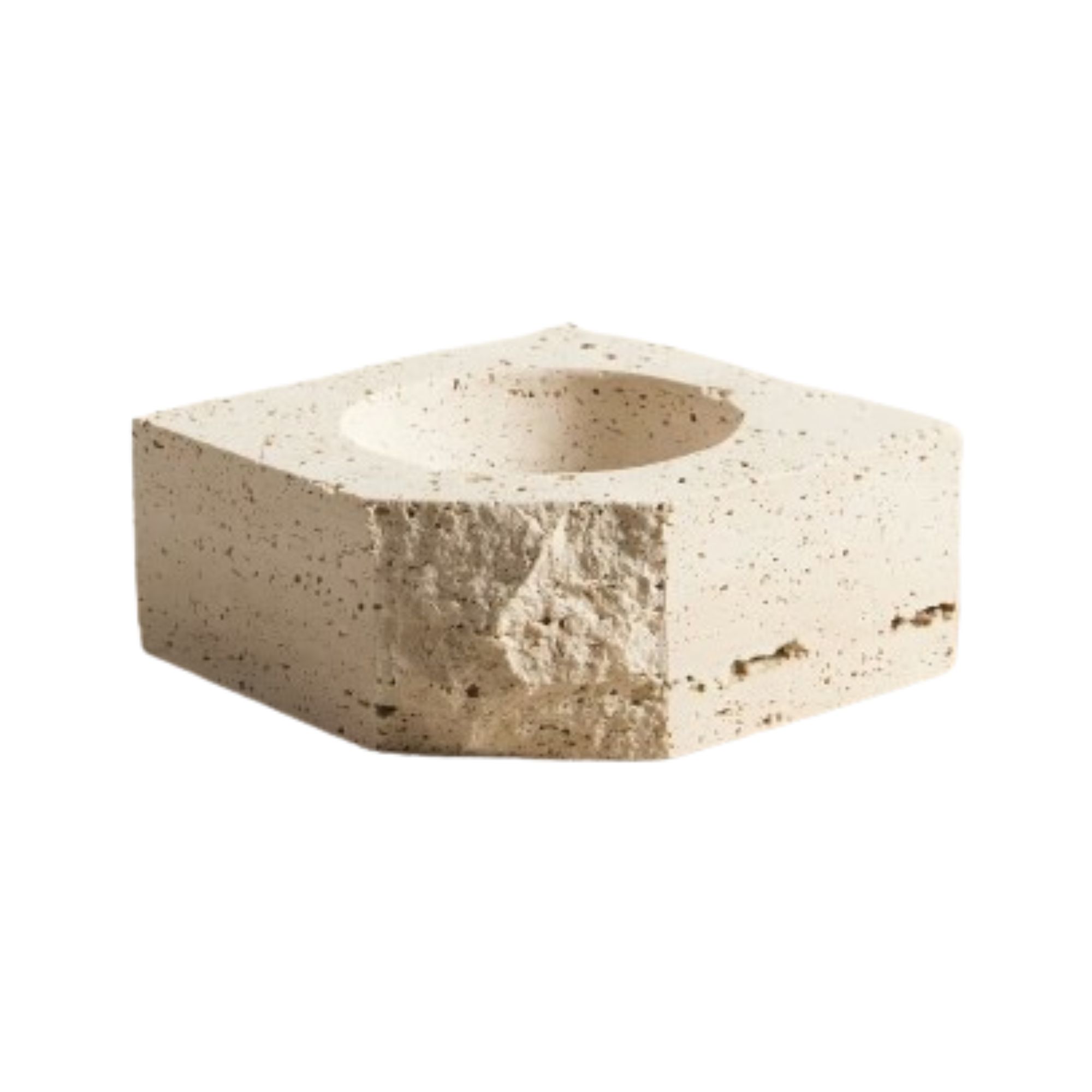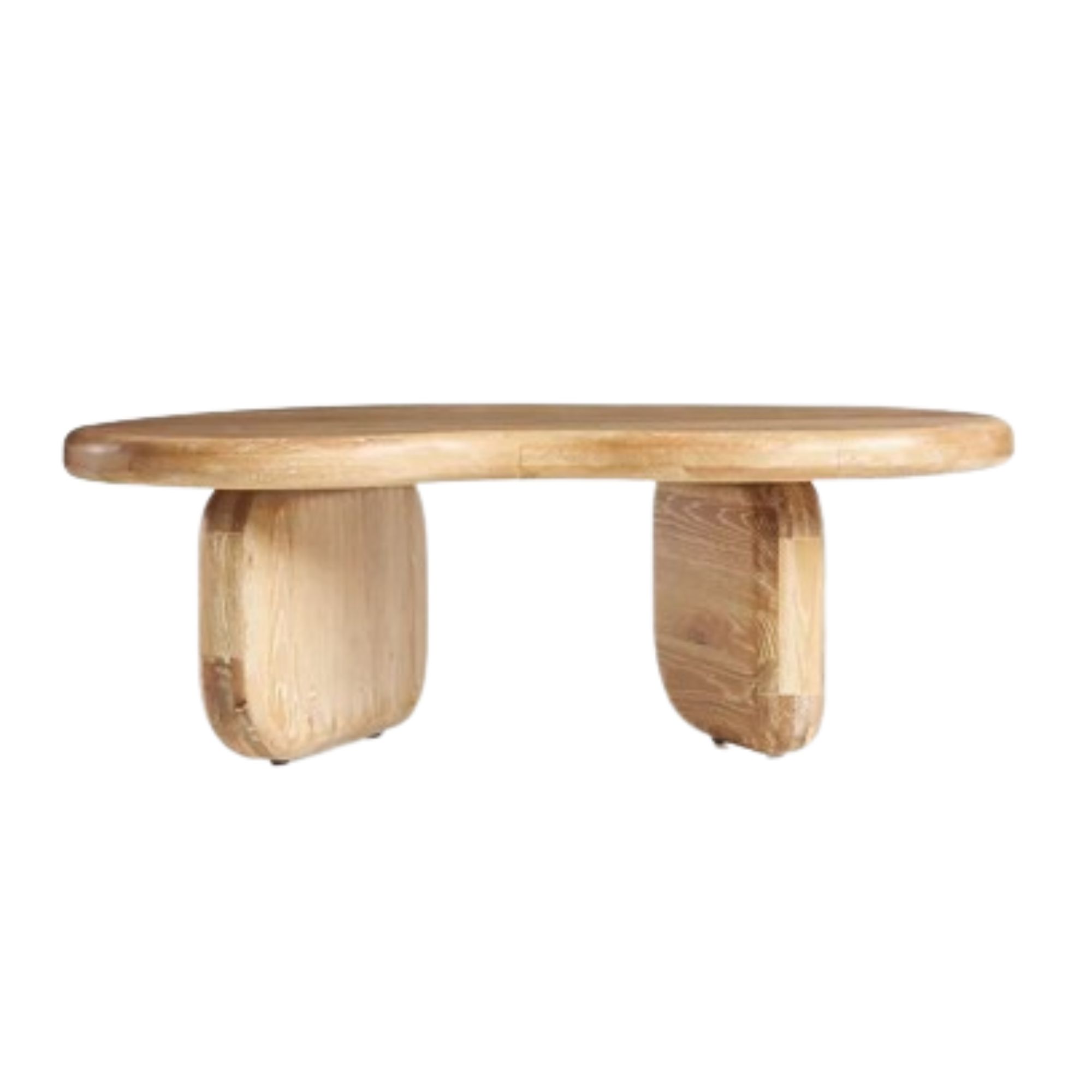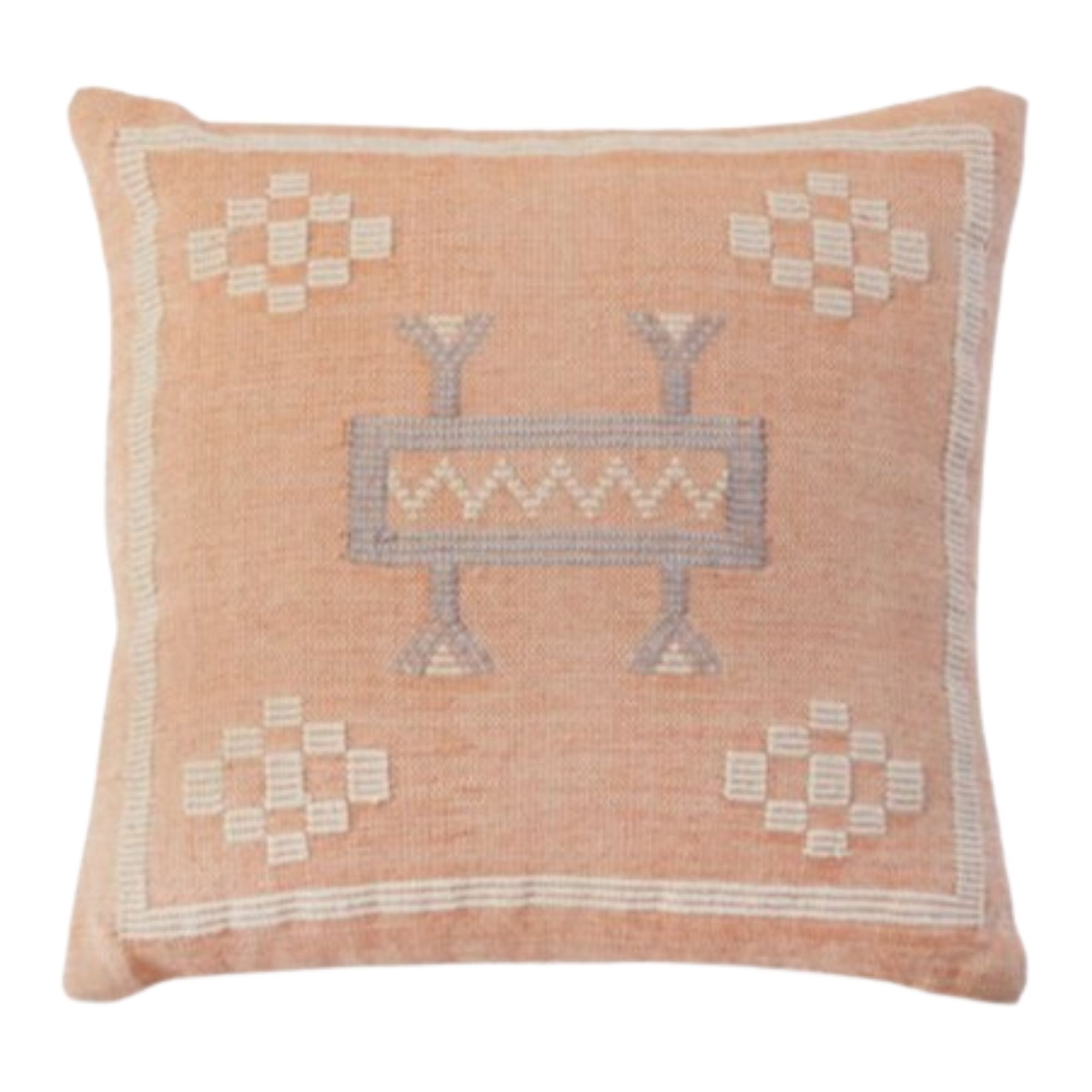What Is Desert Modernism? Designers Explain How to Create This Inherently Cool Architectural Style at Home
Inspired by the southern California landscape, this modern design style has evolved to serve inspiration for interiors today

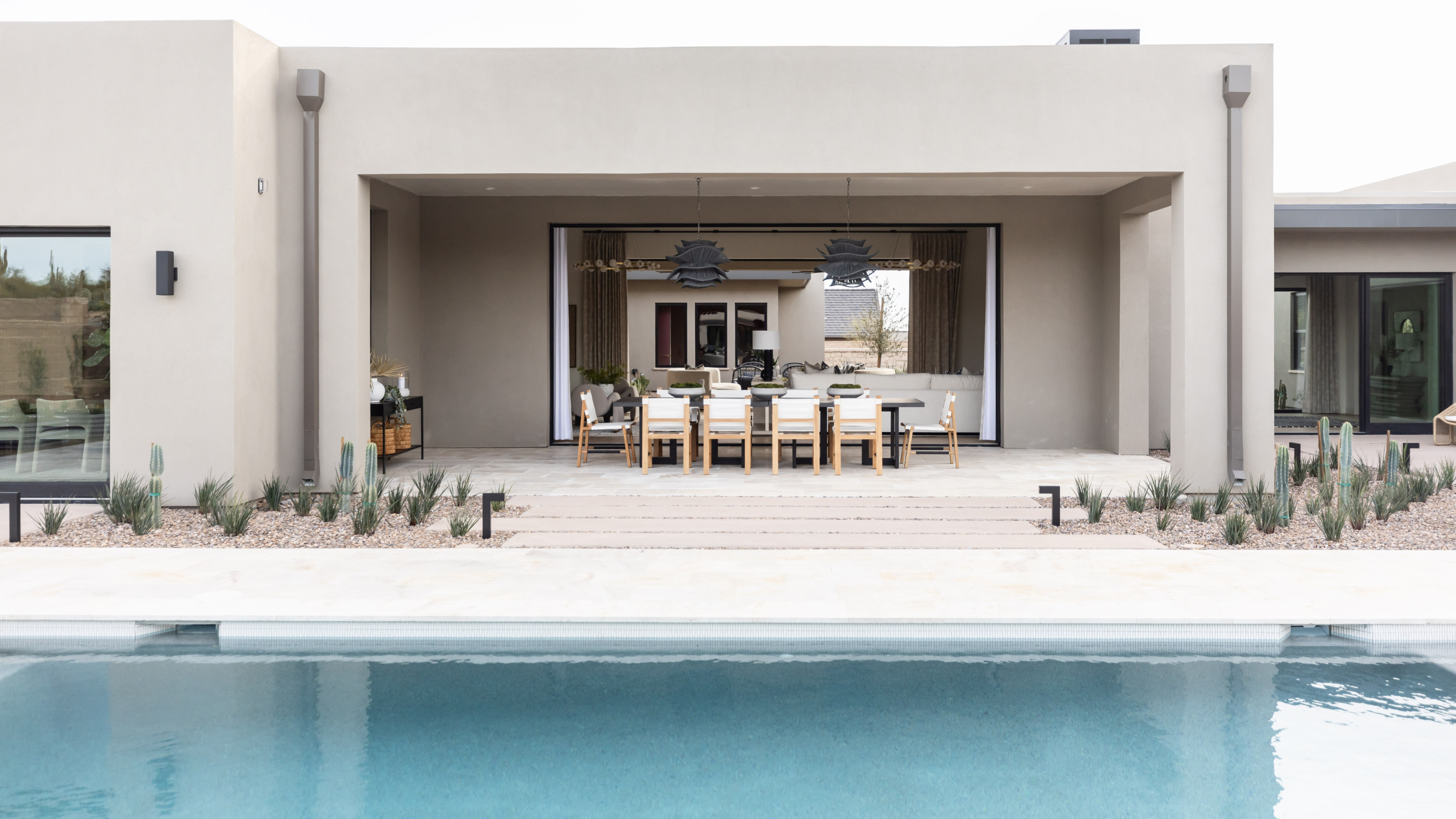
Emerging post-World War II, Desert Modernism is still revered for how it seamlessly accentuates the Southern Californian landscape. With low-slung roofs, clean lines, expansive glazing, and earthy materials meeting a mountainous backdrop, it's no surprise this signature architecture style is still popular in modern interior design.
E Stewart Williams, Hugh M Kaptur, and Charles E. DuBois are some of the architects whose work still punctuates the built environment of Palm Springs today, showcasing the epitome of indoor-outdoor living with an innate sensibility towards the arid and stark desert landscape.
To understand more about this discerningly cool style, we spoke with a handful of designers who have worked closely with this defining aesthetic. Here's what they had to say.
Where does Desert Modernism originate?
To introduce us to this iconic style, we spoke with Henriette Kockum, VP of Design Life House Hotels. Henriette recently transformed Life House, Palm Springs, turning the former motel into a modern space with enduring style.
Nestled in the Coachella Valley, Desert Modernism was a key theme of this project, and now the discerningly curated space tells a unique narrative that reflects the intrigue of its surrounding landscape.
'Palm Springs is really known for being this architectural mecca with all this interesting mid-century architecture,' explains Henriette. 'But when you dig a little deeper into the actual neighborhood or the region, there is a style that originated from there. And it is Desert Modernism.'
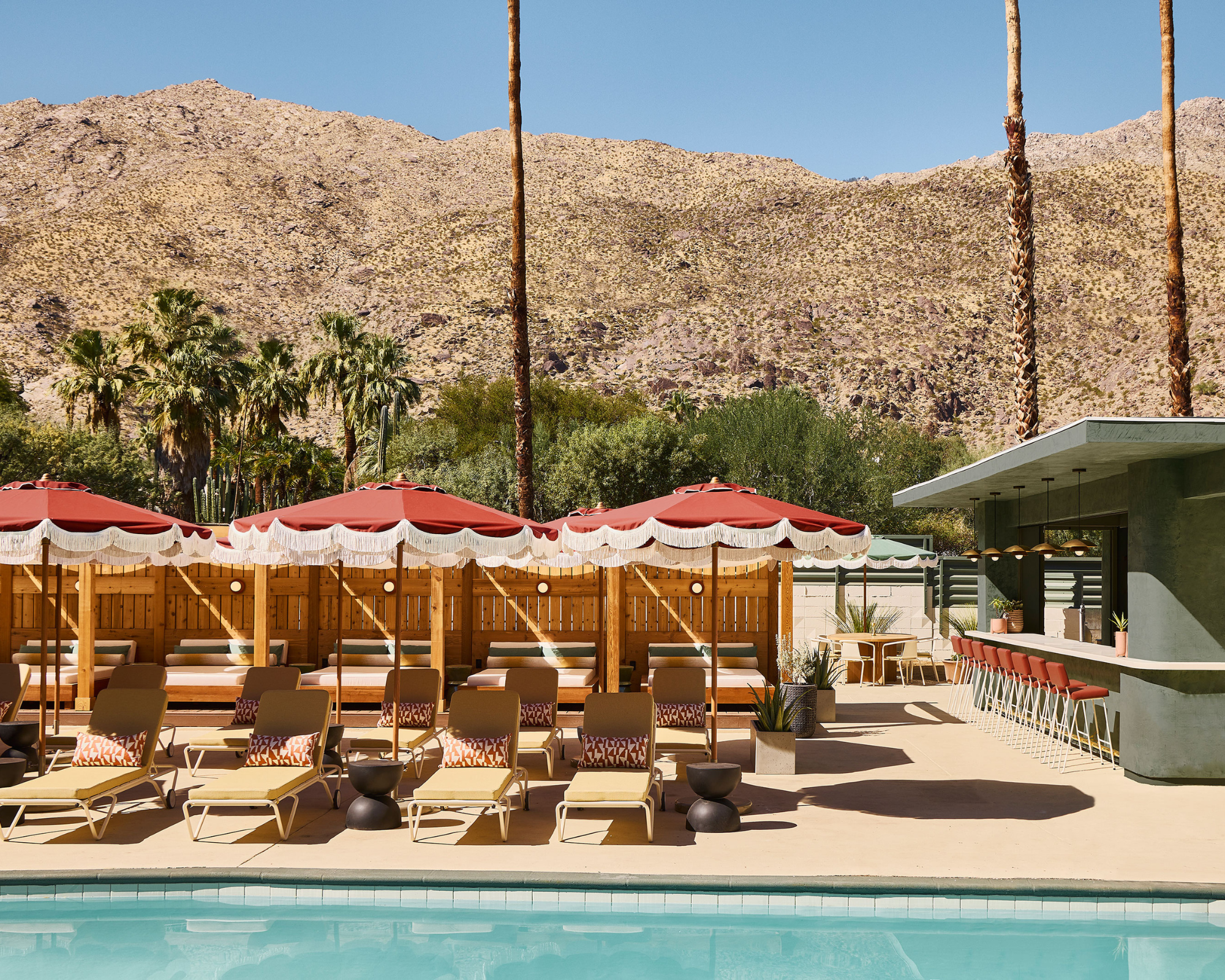
Desert Modernism originated in the southwest of the United States, when architects of the time began taking a more minimalist approach to their work. It was refreshingly pared-back and a new look compared to the characterful Hollywood Regency and Art Deco design that reigned supreme at the beginning of the 20th Century.
The Livingetc newsletters are your inside source for what’s shaping interiors now - and what’s next. Discover trend forecasts, smart style ideas, and curated shopping inspiration that brings design to life. Subscribe today and stay ahead of the curve.
'I think a lot of the retro mid-century style is very colorful, very bold, and out there, especially when you look at Hollywood Regency. And a lot of these styles are very diverse, you know, strong personalities,' says Henriette.
Desert Modernism drew on the arid and stark landscape, finding the beauty in its simplicity that was a striking contrast to existing styles of the time. 'I think this is a different perspective on that, especially looking at the desert, which is so arid and so stark in a way,' adds Henriette.
What are the key characteristics of Desert Modernism?
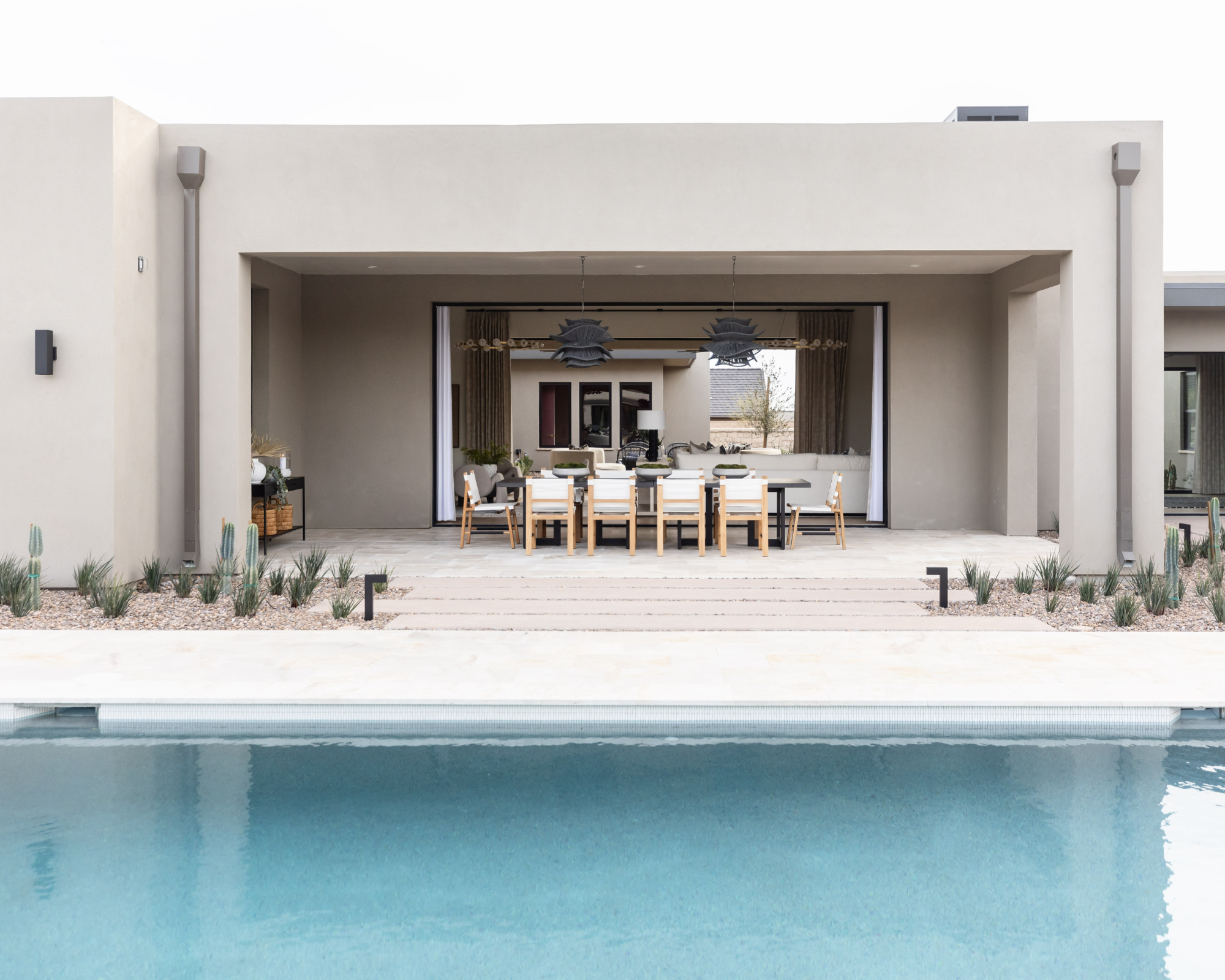
In a bid to make this style feel like it was an inherent part of the environment, architects drew inspiration from the surrounding landscape.
'Desert Modernism blends architecture seamlessly with the desert landscape, emphasizing simplicity, minimalism, and climate-conscious design,' says Lauren Lerner, the CEO and Founder of Living with Lolo, based in Scottsdale, Arizona. As a result, a minimalist, neutral color scheme of natural desert hues, simple forms, and clean lines took precedence.
'There's not a lot of colors and it's very sparse and harsh,' says Henriette. Tapping into the elements to create a symbiotic indoor-outdoor feel is the crux of this look. 'They were trying to create something that looked like it belonged with the landscape.'
What can Desert Modernism look like in your home?
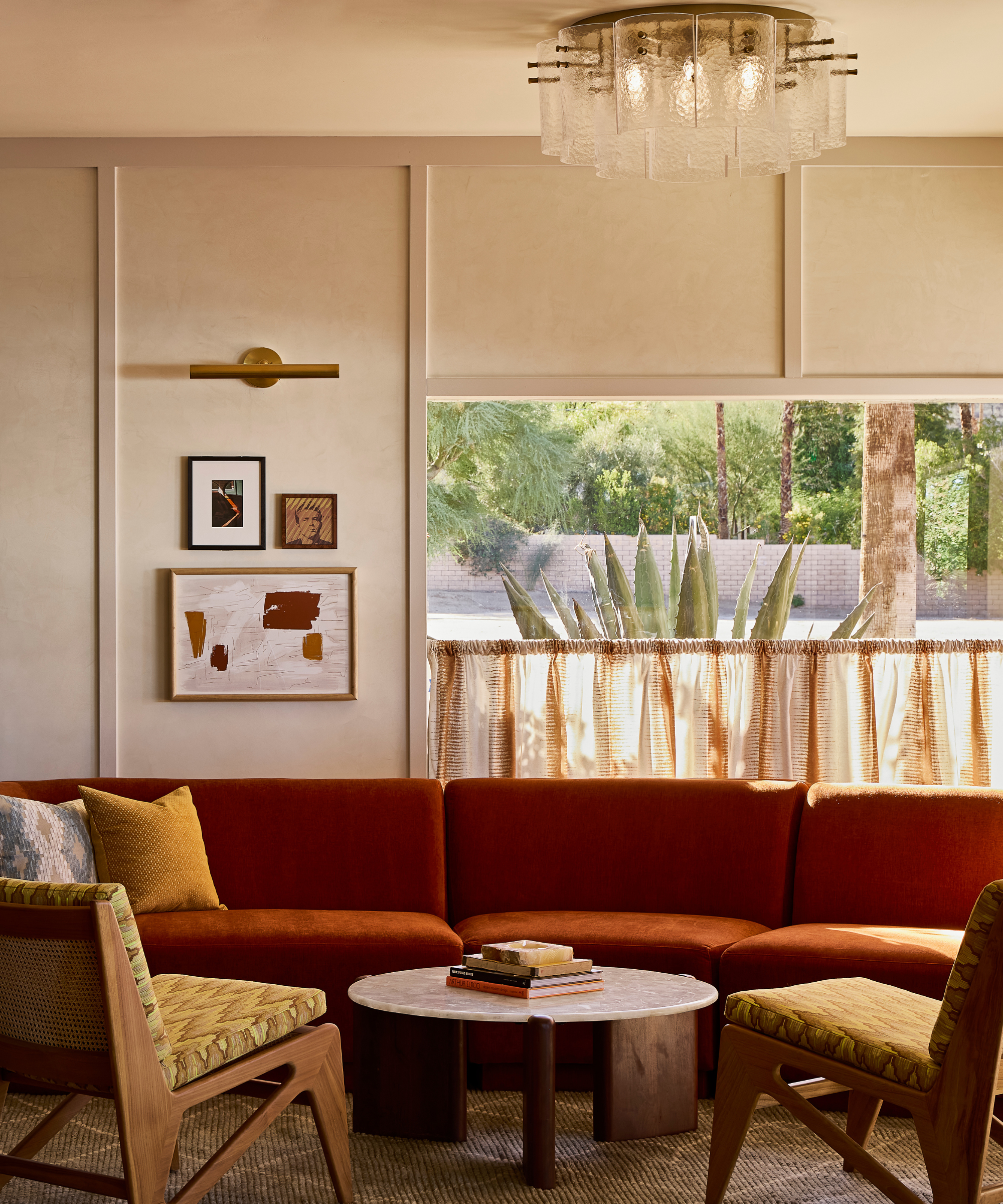
If you're wanting to renovate your home with a Desert Modernism aesthetic, let as much natural light pour into the space as possible and make the view (hopefully it's a gorgeous one) part of your interior design scheme.
'Big, big, big windows and a lot of glazing to kind of create that merging of the exterior with the interior of the house,' says Henriette, noting materiality as another area to focus on. Think rugged finishes that have more texture, like natural stone and accent walls in different types of finishes, like stucco.
For more ideas on how to bring the Desert Modernism style into your home, this is what you need to focus on.
1. Create Desert Modernism 'moments'
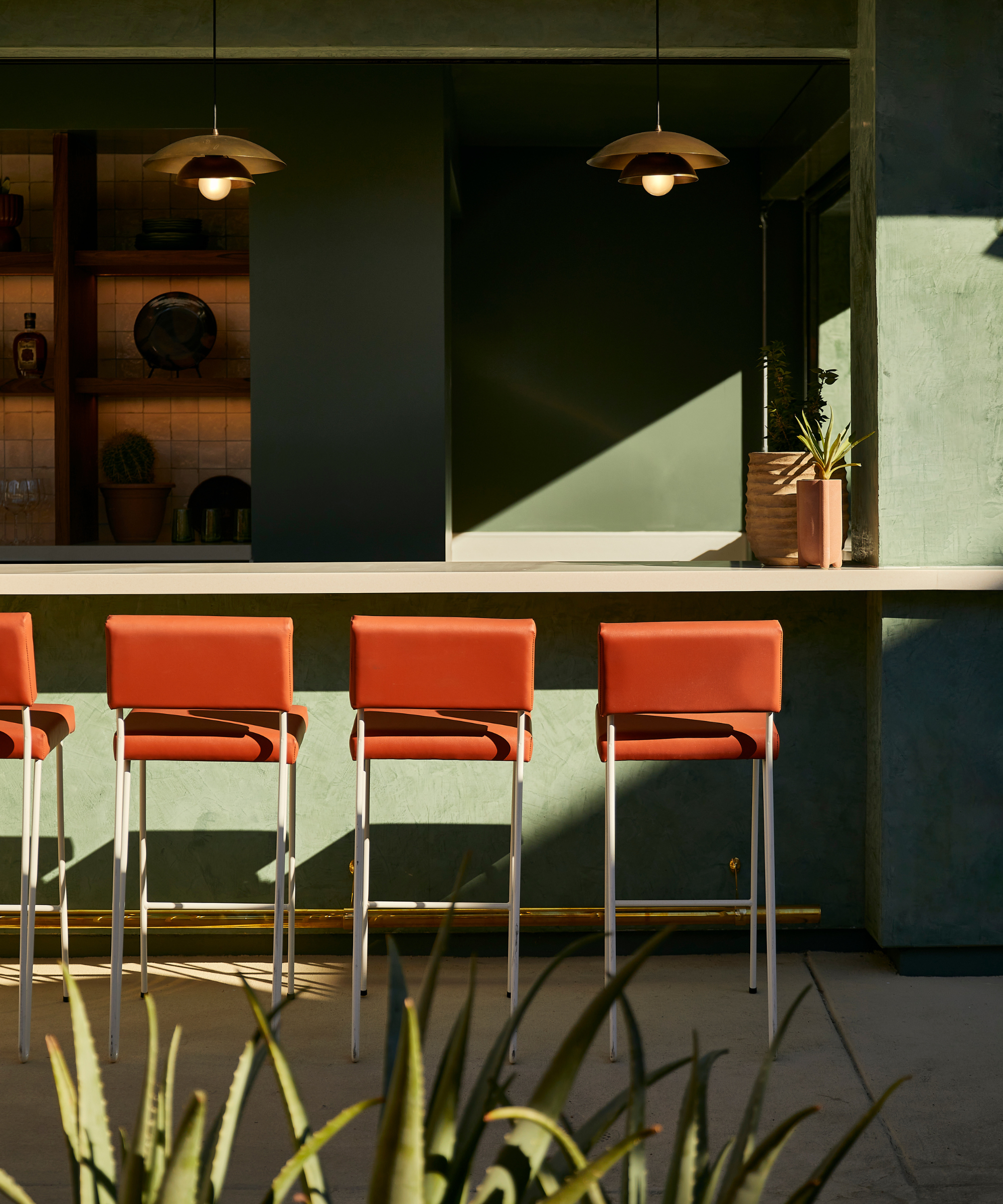
Even if you want to only subtly nod to Desert Modernism, take a leaf out of Lifehouse Palm Springs' design storybook. 'The ways that we leaned into the style was really having moments where we embraced minimalism in the interior design,' says Henriette.
For example, the lobby and pool bar (seen above) were both finished with a lime wash. 'We have these moments that are just very bare and sparse,' Henriette adds.
For anyone solely focused on making minor edits, keeping the space minimal will not just echo Desert Modernism, but also create a blank canvas for other elements you might want to include. 'They just kind of have a moment on their own, giving some breathing room to the more colorful aspects of the Mid-Century style,' says Henriette.
2. Let the architecture sink into its surroundings
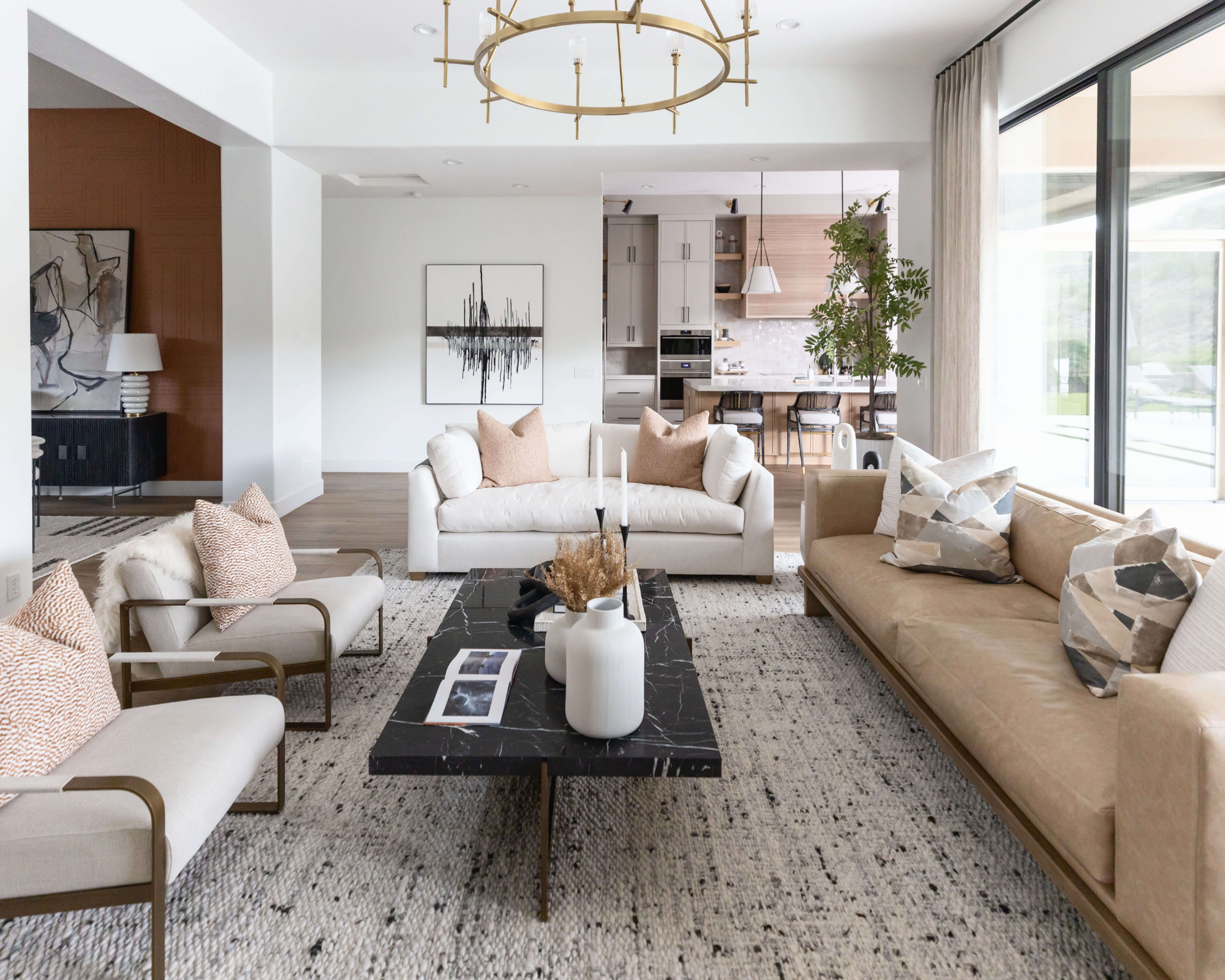
Less is more here, but intricate shapes and more lively hues are not off-limits either. Typical geometric patterns as you often see with the Mid-Century modern look and even pops of brighter colors can make Desert Modernism a little cozier and more accessible.
'Achieving this style involves incorporating earthy tones punctuated by vibrant pops of color, sleek furniture, natural materials, and decor inspired by the desert,' says Lauren.
Choose natural materials and unfussy design features that align with the surroundings, indoors and out. 'Its enduring charm stems from its fusion of functionality, sustainability, and alignment with nature, allowing it to adapt to evolving tastes while maintaining its core essence,' Lauren adds.
3. Keep a 'sense of adventure' in your design
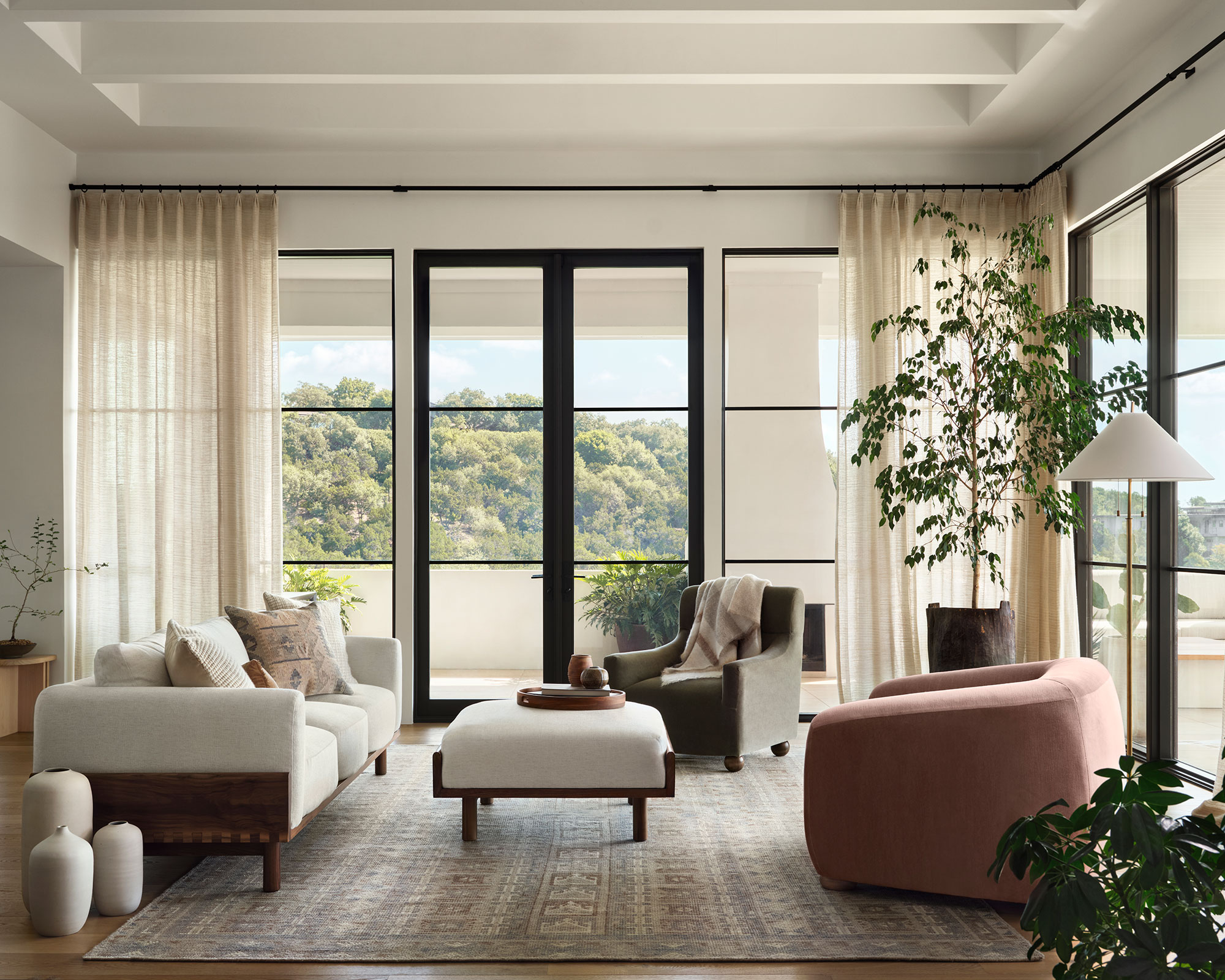
As we can see from this earth tone living room, a warm and neutral desert color palette can joyfully include dusty rose, taupe, and greenery from tall indoor plants to create unison with the outdoor landscape.
'Inspired by the sun-kissed landscapes and untamed beauty of the desert, Desert Modernism weaves the spirit and soul of the wilderness into contemporary spaces,' says Havenly Design Editor, Heather Goerzen. 'It's not about mimicking desert aesthetics in a kitschy way, but rather capturing its essence - including a warm palette, natural materiality, and a sense of adventure. The minimalist ethos intertwines with rustic sensibilities and artisanal influences, creating a harmonious fusion of modern simplicity and earthy warmth. The style celebrates wandering from the beaten path and embraces a more free-spirited way of living.'
Adding deeper hues and even metallic accents will stop this aesthetic coming across as too stark. 'This warm palette will set the stage for a coziness and serenity, and infuse richness and dimension into the space,' says Heather.
How has desert modernism evolved over time?
Like many architectural and interior design styles, the core concepts of Desert Modernism can remain true in a more modern-day setting. 'I think that even to this day, there are many aspects of Desert Modernism that have endured for over a century since its birth, and which people still love and gravitate towards because of their pragmatism and timeless style,' says Paul de Andrade, founder and principal designer of Studio Kestrel.
'Things like indoor-outdoor living spaces that create a symbiosis between man and nature, grandiose glass windows that frame the mountains and striking landscape beyond, and shaded breezeways and portico patio ideas that provide shelter from the intensity of the desert sun.'
If you live somewhere other than in an arid climate, you can still pay tribute to the Desert Modernism look, but be conscious that it is done with its core sensibilities in mind.
'In recent times, we've seen a huge shift in the way that Desert Modernism is expressed architecturally', adds Paul. 'Around the end of World War II, when the style became popularized, architecture was all about how to create structures in the most austere and economical way. This meant straight lines, minimal angles, simplistic layouts, and affordable materials.'
Nowadays, especially regarding interiors, more organic shapes, different materials, and patterns can be integrated into Desert Modernism. 'Things like undulating curves for exterior walls and swimming pools, circular windows and arched doors, and beautiful natural stone textures that form a synergy with the landscape, rather than the stark contrast of the early 20th Century,' suggests Paul.

Camille is a freelance interiors writer and the former deputy editor of Real Homes where she covered a broad range of topics, including DIY, small space design, and gardens. She studied English language and Italian at the University of Manchester and it was during her year abroad studying in Bologna that she started documenting her adventures and observations in a blog. Camille has a passion for art and beautiful spaces. When not writing or refreshing her home, you will find her gallery hopping, taking photos, painting, and traveling to seek out interiors inspiration.
